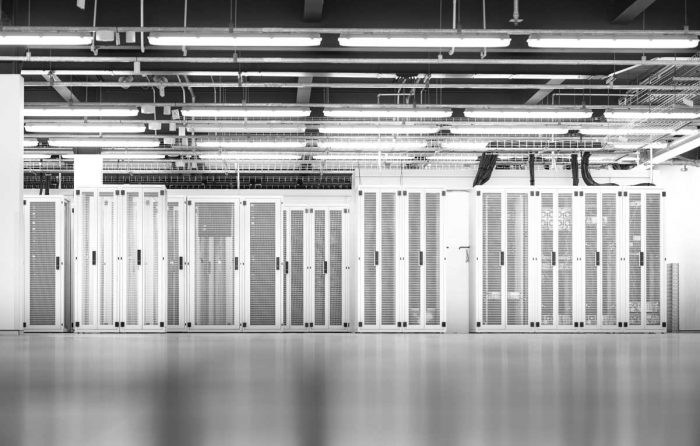How did businesses go from the Flintstones to the Jetsons in a matter of months?

Do you remember the days when we would carefully take pictures to ensure we were not wasting film? We would then wait weeks before the photos were developed, and we would sit as a family passing them around ever so carefully to not imprint our fingerprints or bend the edges.
Let’s agree Kodak would happily remember those days.
Industries globally have been disrupted with innovations in technology. Businesses like Uber, Airbnb, Netflix, and Amazon have not only impacted consumer behaviour but have digitised the way businesses essentially operate.
Machine learning, artificial intelligence, the Internet of Things, Blockchain are few technologies that will impact our everyday lives.
Imagine a world where there is no drink driving because cars drive themselves, we know which cow on which farm produced the milk we are drinking, and some app can tell us who we should be dating based on algorithms using photos combined with social media updates, likes, and the things you were typing but deleted.
This isn’t a distant reality. In fact, there are companies already doing this – Zoox, R3, and Facebook. We are living in a world where the Jetsons feel closer to reality than the Flintstones ever did.
These advancements are not only changing the way we function as humans but creating an explosion of data.
Data tonnage is exponentially rising, and it’s important for businesses to understand how to effectively manage their data in order to increase productivity whilst reducing costs.
5 Tips to Reduce Data Tonnage.
Consolidate servers & limit duplications of services, applications and databases.
Reducing the proliferation of systems will help businesses achieve efficiency.
According to an IDC* research companies found that the duplication of servers, applications, and databases was expensive to maintain but also kept them from utilising their resources and information to the maximum extent.
Streamline the number of vendors used.
Cutting the number of suppliers results in cost savings and improves efficiency as a time to procure and manage multiple relationships can be time-intensive.
Work with vendors with genuinely focused skills, and a clear go-to-market strategy. A focus on what a vendor can passionately do will often highlight what they’re best at.
Cloud collaboration.
Having certain workloads in the cloud can help with collaborations meaning your data can be accessed by anyone with the right credentials, ideal for those performing data analytics and convenient due to a wide array of access points.
A data-first approach is also quite popular right now, where multiple storage tiers, policies, metadata, indexing and transparent cost management combine to form a unique new service offering that is well catered for in the public cloud and Microsoft Azure specifically.
While valuable and highly extensible, the downside (potentially) is you are trusting a third party to protect and ensure your data is secure and can be transmitted safely. Trusted partners can certainly mitigate this risk, however, the appetite to do so is often personal and contextual.
Alternatively, colocation is a reliable alternative where you govern your own infrastructure and network security. A data centre facility is physically connected to your company’s local network and only those who hold company-approved credentials and devices can access stored apps and information.
Recentralise and consolidate IT resources into a data centre.
Economies of scale can be achieved when using an external data centre over an on-prem solution. Most infrastructure managers struggle with the cost associated to physical space, power, and cooling. Working with a data centre provider helps moderate expenditures while boosting proficiencies with added services such as an extended remote hands support team, better bandwidth and government-grade security levels.
Collaborate. Cloud and Colocation.
Every organisation wants optimal cohesion, cost efficiencies and safety of their data. Cloud vs colocation does not have to be mutually exclusive. A collaborated ‘hybrid’ approach can help reach desired goals. A business may opt to host most of its daily processing systems in the cloud while selecting a colocation facility for its mission-critical databases using its own servers.
There’s no one size fits all, just an array of world-class options and the skills to piece it all together.




